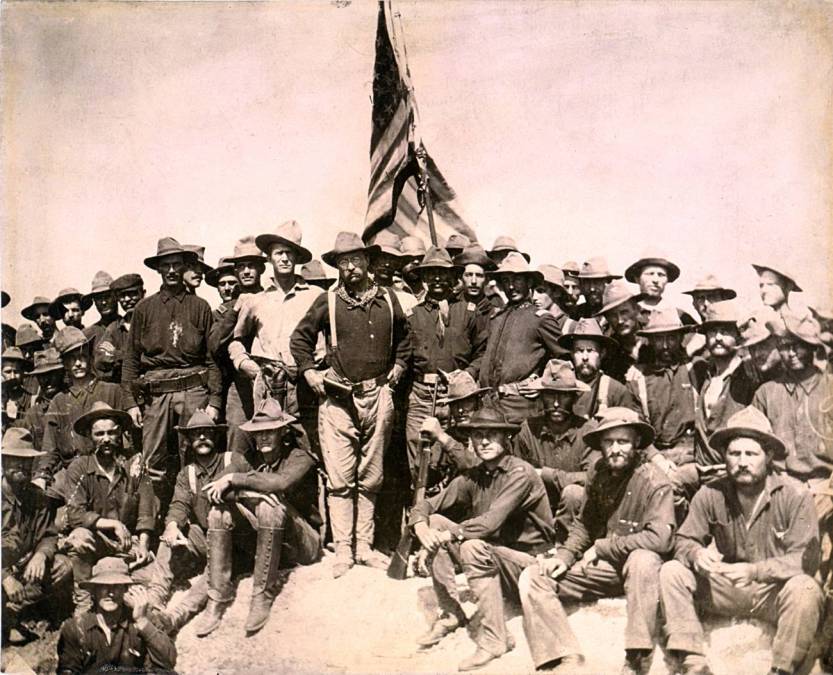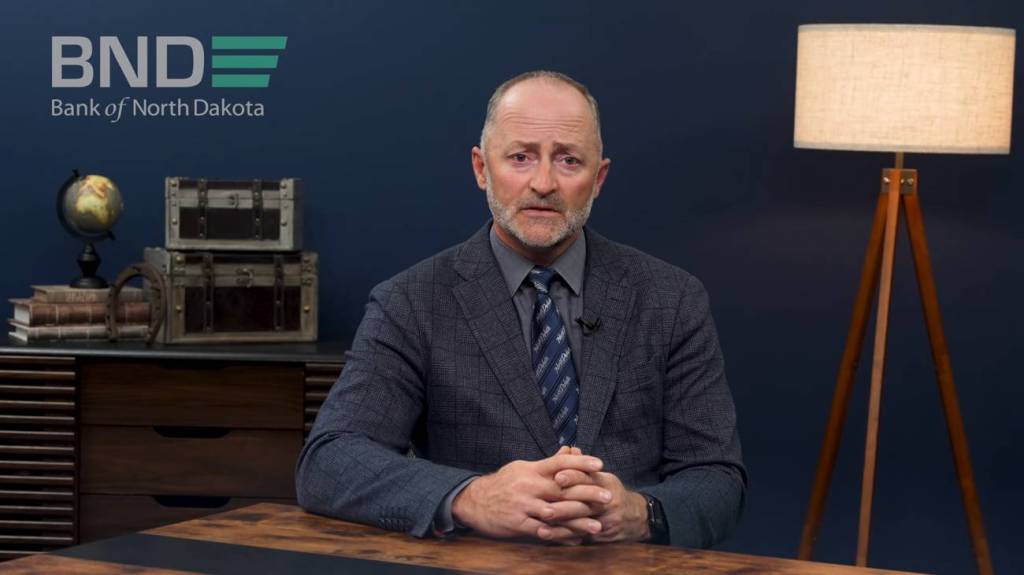North Dakota introduces Roughrider stablecoin, a digital currency for bank-to-bank transfers

After more than a century of banking, the Bank of North Dakota on Wednesday put its name behind a digital currency, with hopes of improving how banks transfer money to one another.
The new digital currency is a stablecoin, a type of cryptocurrency backed by U.S. dollars and designed to hold a relatively constant value. It’s called Roughrider coin, named after the volunteer cavalry who fought in the Spanish-American War under a pre-presidential Teddy Roosevelt. (North Dakota plans to open the Theodore Roosevelt Presidential Library in Medora next year.)
Uniquely, the Bank of North Dakota is run by the state government, making North Dakota the second state to officially endorse a stablecoin. Wyoming announced its Frontier Stable Token in August.
The Roughrider coin is built on a white-label coin, called FIUSD, from Fiserv, a Wisconsin fintech firm that processes payments for banks and credit unions. North Dakota’s new coin is intended initially only to be used by banks, to speed financial transaction times from days to minutes and introduce more “stability,” said Sunil Sachdev, Fiserv’s senior vice president of embedded finance and digital assets.
“This stablecoin will provide banks and merchants with a more modern, secure, and efficient way to move money,” Sachdev wrote in an emailed statement.

Gov. Kelly Armstrong called the deal “cutting-edge,” and while few state or local governments have ventured into officially endorsing cryptocurrencies, North Dakota’s strategy is more tempered than that of Wyoming, which began by offering its currency directly to consumers. Sachdev said “we may consider offering stablecoin deposit accounts to our clients as well,” but for now the emphasis is on the banks.
Bill Maurer, a dean of the School of Social Sciences at the University of California, Irvine, who studies financial systems, said he will be watching Roughrider coin closely.
“The Bank of North Dakota is the only state-owned bank in the US with a very specific role historically in providing credit to farmers and businesses there,” Maurer wrote in an email. “We could see in other words the development of a model here that is very different from the hype-driven stablecoin activity taking place in much of the market.”
Maurer expressed skepticism upon the launch of Wyoming’s coin, even claiming that “there is no use case” for such a technology. But he admitted that a partnership between a state and a core financial firm like Fiserv could make sense.
Takis Georgakopoulos, Fiserv’s chief operating officer, framed the deal in the company’s press materials as combining “the reliability of traditional finance and the innovation of blockchain.” When asked about use cases, Sachdev said the coin will be used for transactions like “loan advances, overnight lending, construction advances and more.” He also claimed it will create “efficiencies for interbank money movement by leveraging 24x7x365 payment rail.”

North Dakota’s new coin also appears to be at least partially a product of President Donald Trump’s push to legitimize cryptocurrencies. Sachdev said the passage of the GENIUS Act last July established a reliable framework for payment stablecoins. North Dakota, he said, “wanted to establish a coin that not only embraced the new financial landscape but was sure to create a secure and efficient financial ecosystem for its citizens.”
In a promotional video published by the Bank of North Dakota, Don Morgan, the bank’s president and chief executive, called the GENIUS Act a “true threshold moment” because it made stablecoins “part of the financial system.” And starting with banks, he said, will help build the technology’s credibility and establish that it’s safe to use.
“Delivered by Bank of North Dakota to help our local financial institutions navigate this new financial frontier,” Morgan says in the video, “the Roughrider coin beta framework has the potential to evolve the way institutions move money, allow our banks and credit unions to offer new a creative financial products to their customers and prepare the industry for the long-term possibility for broader merchant adoption of stablecoin transactions.”



